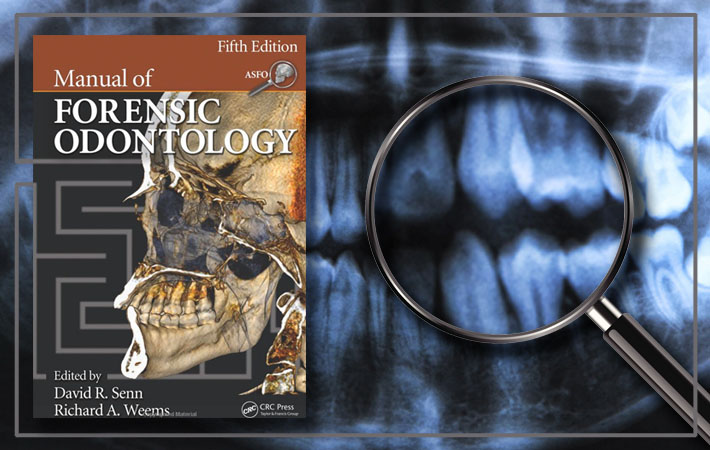
Toothy Truths
Solving Mysteries Through Forensic Dentistry
In the latest edition of the Manual of Forensic Odontology, 5th Edition (2013: CRC Press), co-editor Richard A. Weems, D.M.D. (UAB School of Dentistry), and some 25 chapter authors discuss new techniques and technologies, including advances in age estimation and bitemark analysis that lead to better and faster identification of unidentified individuals. The book was sponsored by the American Society of Forensic Sciences, and all proceeds from book sales go to that organization.
UAB Magazine: Why are teeth such useful forensic tools?
Weems: Long after we’re deceased and decomposed, the teeth are the last thing to survive. Even in a fire they’re very resistant, while fingerprints are gone in seconds. Also, almost everybody has some dental records, whereas not everybody has fingerprints on record. Interestingly, what we find most useful are fillings.
UAB Magazine: How did you first become interested in this field?
Weems: During my training I went to a lecture about forensic dentistry and thought it would be interesting. It’s never dull; there always seem to be twists and turns. I won’t say it’s like television, but it’s close.
UAB Magazine: Do you find that students are interested in entering the field, especially after the popularity of shows such as CSI and Bones?
Weems: Sometimes I’ll show them an interesting case, and one or two will say, ‘I would consider doing this as a community service.’ But the truth is, there aren’t very many opportunities to do the job. Large-scale disasters aside, I probably do 20 cases a year. I think there’s one full-time forensic dentist in the entire United States.
UAB Magazine: You’re a dental section leader for the Disaster Mortuary Operational Response Team (DMORT) and helped identify bodies after the World Trade Center attacks and Hurricane Katrina. How do you cope with witnessing tragedies up close?
Weems: My first deployment with DMORT was to go to New York and help identify victims of the attacks, so there you are in the morgue in Manhattan with body bags and people in them who have suffered horrendous injuries. It’s not for everybody. But when you’re able to attach a name to the person, it’s fulfilling in a way. If you lose a loved one and know they’re deceased but never get confirmation the body was found, that’s very tough on a family. So a good part of what we’re doing is trying to give them some closure so they can have a funeral and begin the grieving process.
Check out these other books by UAB faculty:
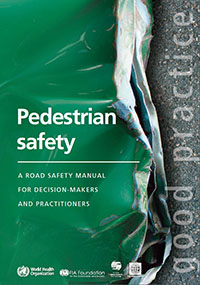 Walk this Way
Walk this WayPedestrian Safety: A Road Safety Manual for Decision-Makers and Practitioners
By David Schwebel et al
(2013: World Health Organization)
In some countries, pedestrians account for two-thirds of all road traffic deaths—an annual toll estimated at 270,000 people. Although these events are called “accidents,” most pedestrian injuries are preventable with a combination of enforcement, engineering, and education, says Schwebel (Psychology), director of UAB’s Youth Safety Lab. Schwebel is one of 11 international contributors to this practical text, which offers information on planning, implementing, and evaluating pedestrian safety programs and is designed for engineers, planners, police, public health professionals, and educators worldwide.
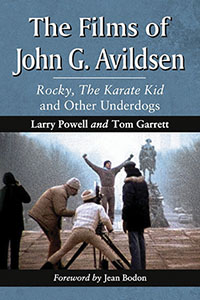 Dog Days
Dog DaysThe Films of John G. Avildsen: Rocky, The Karate Kid and Other Underdogs
By Larry Powell and Tom Garrett
(2013: McFarland)
Powell (Communication Studies) goes behind the scenes of some of the most beloved films of the late 20th century in this examination of the work of Oscar-winning director Avildsen. The two men met when Avildsen came to UAB as a guest lecturer in the early 2000s. Powell has been working on the book ever since, collecting anecdotes about Avildsen’s firing from Saturday Night Fever and turbulent relationship with Burt Reynolds in the cult comedy W.W. and the Dixie Dancekings, for example.
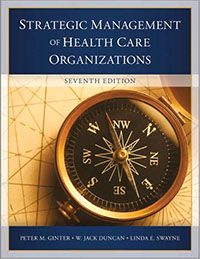 Health Plans
Health PlansStrategic Management of Health Care Organizations, 7th Edition
By Peter M. Ginter, W. Jack Duncan, and Linda E. Swayne
(2013: Jossey-Bass)
As the American health-care industry undergoes a sea change, the need for executives with high-level strategic planning and management skills is greater than ever. In the latest edition of their widely adopted text, Ginter and Duncan (Health Care Organization and Policy) and co-author Swayne offer a practical guide to strategic analysis on every level, from the industry as a whole to competitors to an organization’s own internal structure. Case studies on implementation are included throughout, many drawn from the authors’ own research and consulting for hospitals, physician practices, public health departments, and more.
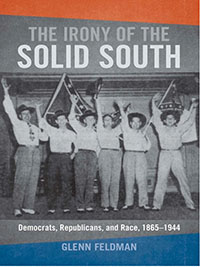 Party’s Over
Party’s OverThe Irony of the Solid South: Democrats, Republicans, and Race, 1865–1944
By Glenn Feldman
(2013: University of Alabama Press)
Before it became the quintessential Republican stronghold, the South was solidly Democratic through the late 19th and early 20th centuries. In this new examination of partisanship and region, Feldman (History) homes in on his native Alabama, but addresses the Southern states at large, combing both primary and secondary sources to parse the region’s shifting loyalties. Feldman argues that race and hot-button “emotional and cultural issues” were the primary forces behind the South’s move to the Republican party, and still fuel the GOP’s own deepening conservative streak—a conclusion that counters other prevailing notions in contemporary academic history and political science.